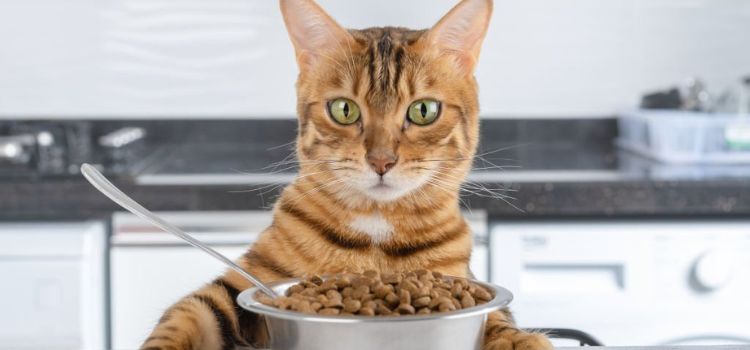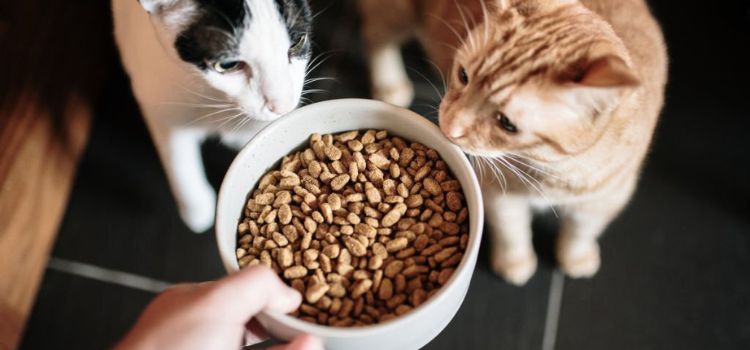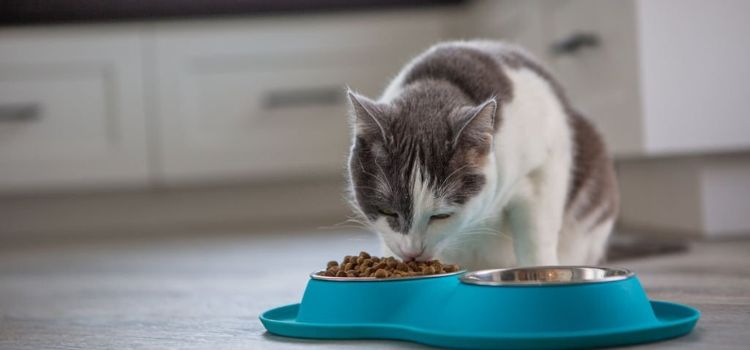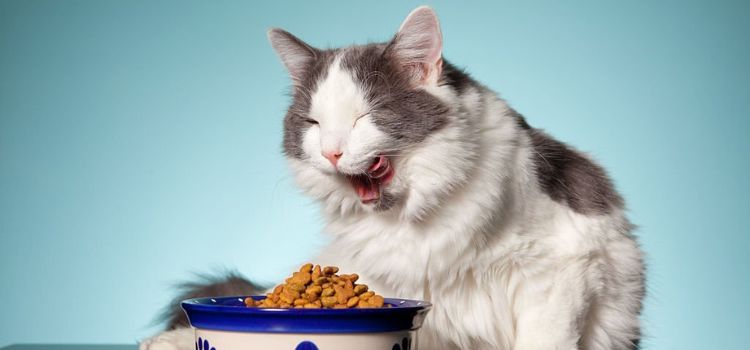As an Amazon Associate, I earn from qualifying purchases

Is your feline friend turning up its nose at mealtime? Are you noticing less energy and lackluster fur in your once-vibrant cat? The culprit might just be hiding in that bag of dry cat food. Welcome to the ultimate guide on the worst dry cat food, where we dive deep into the kibble conundrum and uncover the grains of truth about what might be harming your beloved pet.
What Makes Dry Cat Food Good or Bad?

Before we dive into the worst dry cat foods, let’s understand what differentiates the good from the bad. Dry cat food can be convenient, but it’s essential to scrutinize the ingredients list. Look for products that prioritize real meat, limited fillers, and essential nutrients.
The Lowdown on Low-Quality Fillers
Picture this: You’re buying a bag of cat food, but instead of finding meat, you encounter a list of fillers like corn and soy. Low-quality fillers not only lack nutritional value but can also contribute to digestive issues and allergies in cats. Opt for foods that minimize these fillers.
Decoding the Deceptive Labels
Labels can be deceiving, especially when they showcase buzzwords like “natural” or “holistic.” It’s crucial to turn the bag around and read the ingredients rather than relying solely on marketing jargon. A dry cat food that truly prioritizes your pet’s health will have real meat as a primary ingredient.
The Protein Predicament

Cats are obligate carnivores, which means they require a diet rich in protein to thrive. Subpar dry cat foods often skimp on protein content, leading to muscle loss and overall weakness. Seek products with high protein percentages, ideally sourced from animal-based ingredients.
The Grain Debate: To Gluten or Not?
Grains like wheat and corn are sometimes used as fillers in dry cat food. While some cats tolerate them, many are sensitive to grains, leading to digestive distress. Opt for grain-free options, but keep in mind that the absence of grains shouldn’t mean an increase in fillers.
Artificial Additives and Allergies
Artificial colors, flavors, and preservatives might make the food look more appealing to humans, but they do little for your cat’s health. These additives can trigger allergies and sensitivities. Choose a dry cat food that’s free from unnecessary synthetic ingredients.
Fats: The Hidden Heroes or Harmful?
Healthy fats are essential for your cat’s skin, coat, and overall well-being. However, some dry cat foods use unhealthy fats that can lead to obesity and other health issues. Look for foods with sources of omega-3 and omega-6 fatty acids for the best results.
The Price Factor and Quality
It’s tempting to opt for budget-friendly cat food, but remember that quality comes at a price. Investing in a higher quality dry cat food can actually save you money in the long run by promoting better health and reducing potential veterinary bills.
Switching Diets: Dos and Don’ts
Transitioning your cat from one diet to another requires careful consideration. Abrupt changes can lead to upset stomachs. Gradually introduce the new food while monitoring your cat’s reaction, and consult your veterinarian for guidance.
Choosing the Best for Your Cat

Selecting the right dry cat food isn’t just about avoiding the worst options; it’s also about finding the best one for your furry friend. Consider factors such as your cat’s age, activity level, and any specific dietary needs. Consulting your vet can help tailor the decision to your cat’s unique requirements.
Conclusion
In conclusion, navigating the realm of pet nutrition is crucial, especially when considering the potential drawbacks of the worst dry cat food options. Poor-quality ingredients, lack of essential nutrients, and potential health risks underscore the importance of making informed choices for your feline companion’s well-being. By prioritizing reputable brands, reading ingredient labels, and consulting with veterinarians, you can avoid the pitfalls of subpar dry cat foods. Ensuring your cat’s health and happiness through proper nutrition is essential, so opt for high-quality alternatives that provide the nourishment your furry friend deserves.
When it concerns your cat’s health, there’s absolutely no room for compromise. While the world of dry cat food might seem overwhelming, armed with the knowledge of what makes the worst and best options, you can make an informed decision. Remember, your cat’s diet plays a pivotal role in its overall well-being, so choose wisely.
(FAQs) about the Worst Dry Cat Food
Yes, but it’s best to provide a balanced diet. Incorporate wet food or fresh meat to ensure your cat gets essential nutrients.
Look out for signs like itching, excessive grooming, vomiting, or diarrhea. If you suspect an allergy, consult your vet.
Not necessarily. Always check the ingredients. Some budget-friendly options might offer better nutrition.
It’s possible, but formulating a nutritionally complete and balanced diet requires careful research. Consult a veterinary nutritionist.
Yes, senior cats often have different nutritional needs. Transition them to a senior-specific formula under your vet’s guidance.
Whether you’re a seasoned cat owner or a new parent to a furry friend, understanding the ins and outs of dry cat food can make all the difference. Choose quality over convenience, and watch your cat’s health and happiness flourish.
Leave a Reply